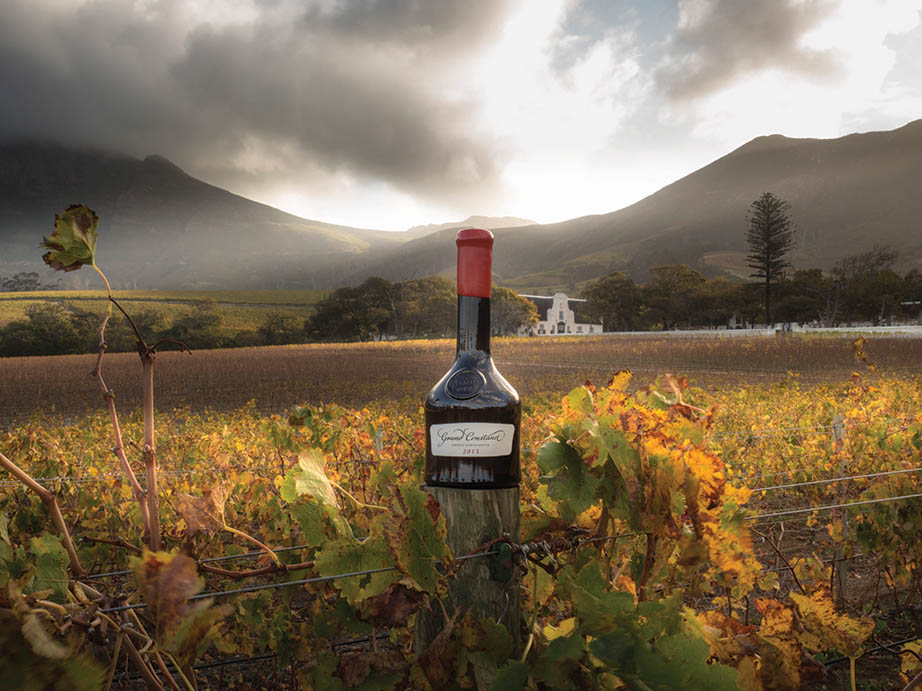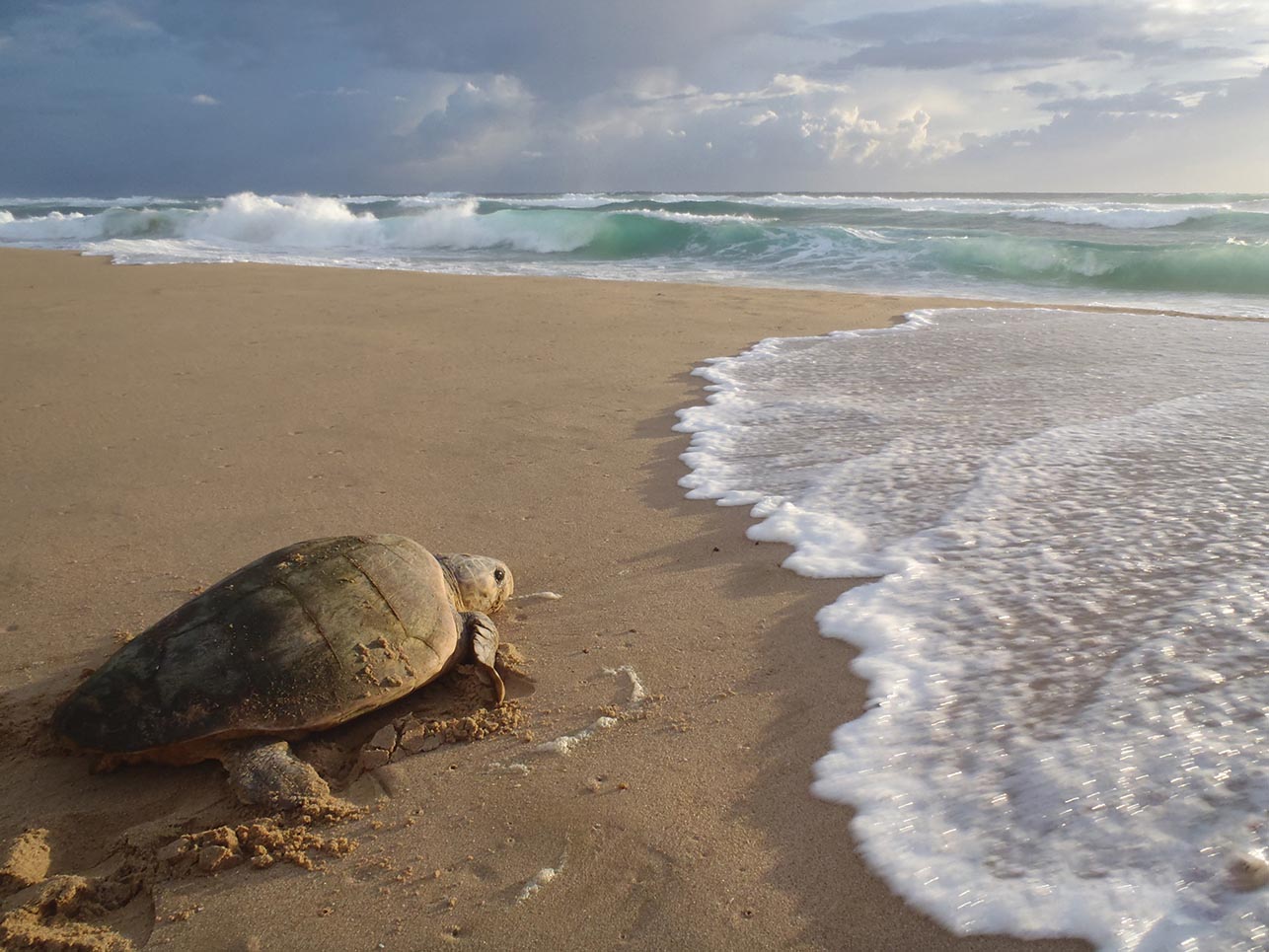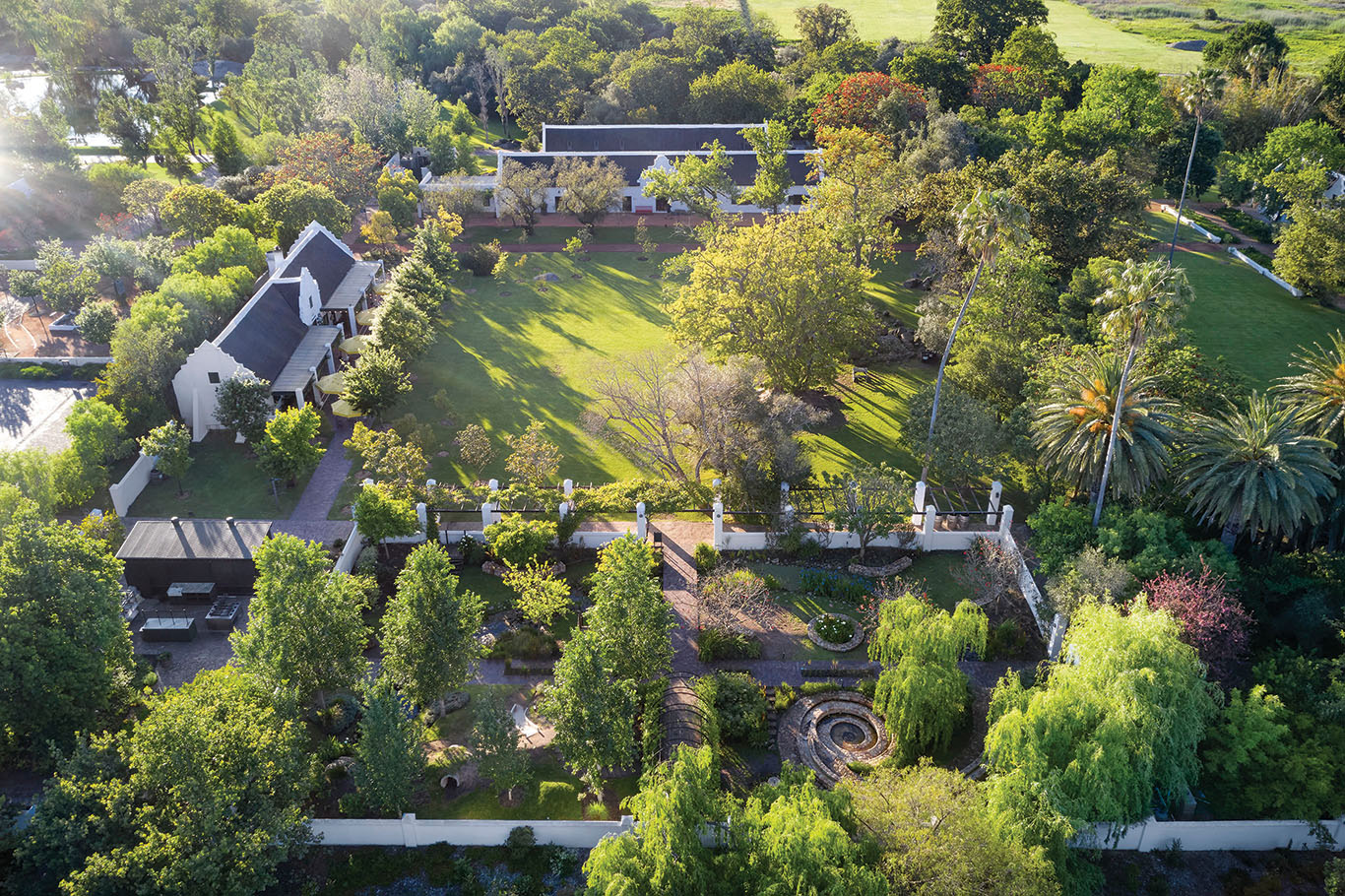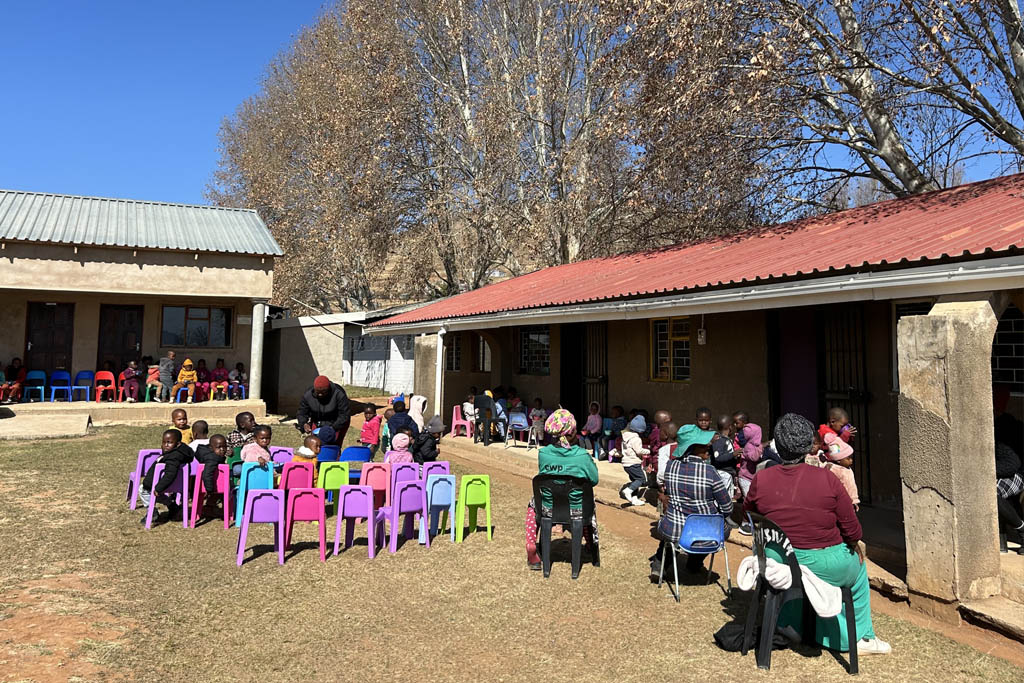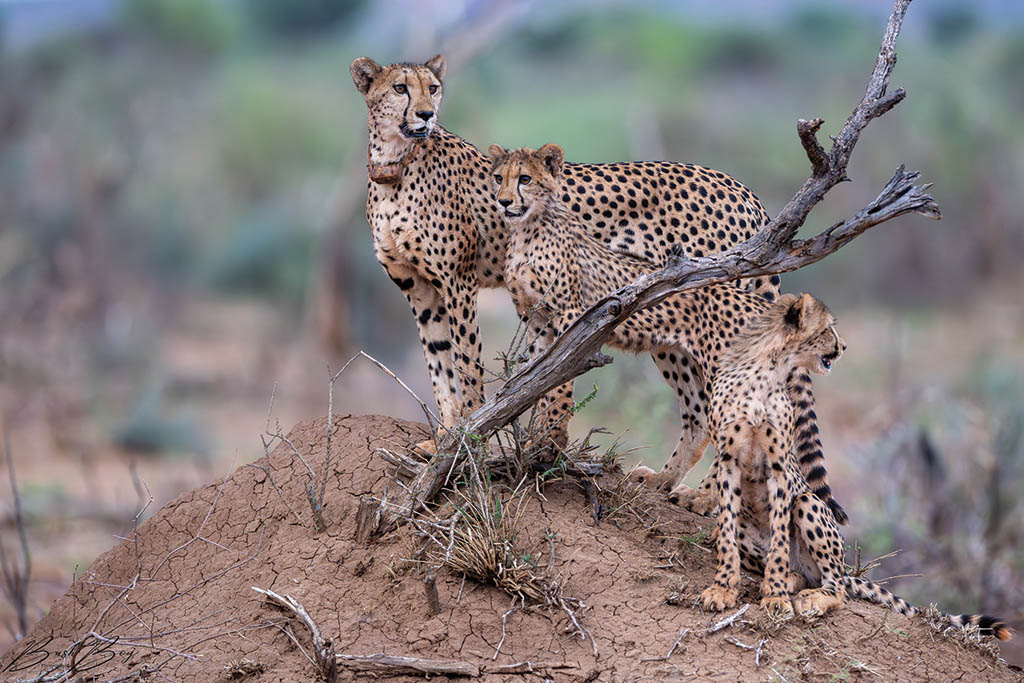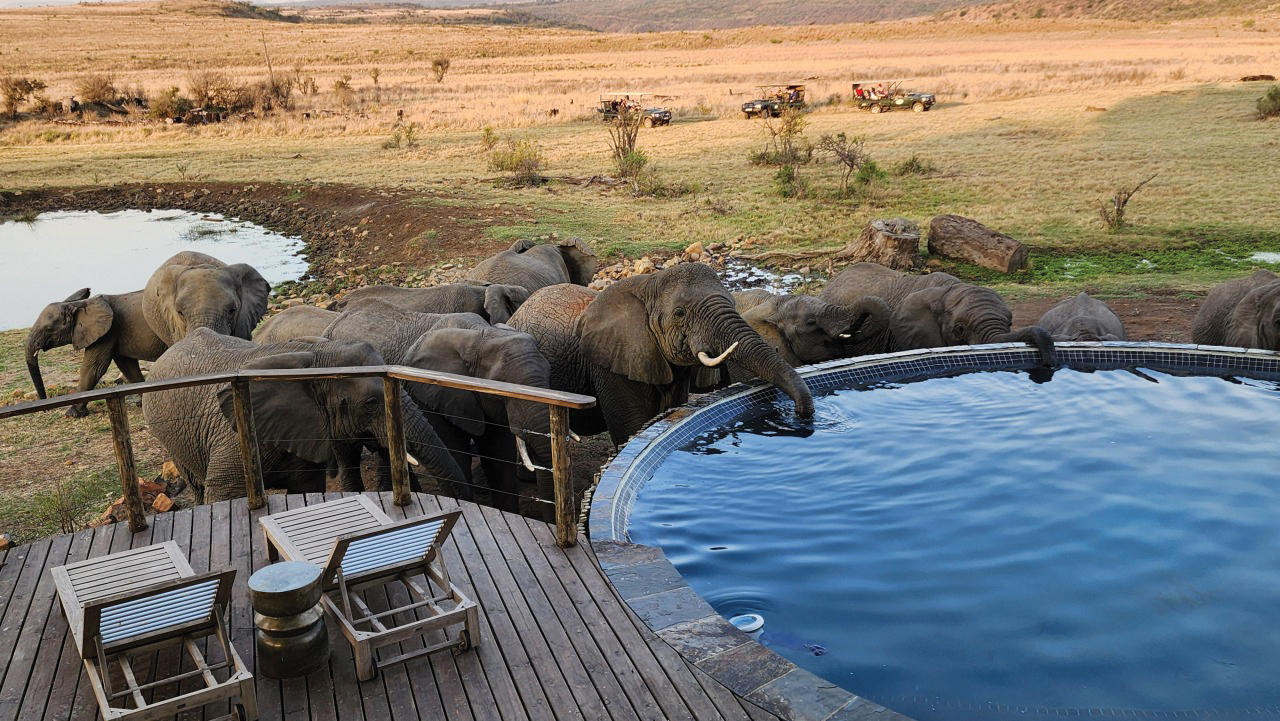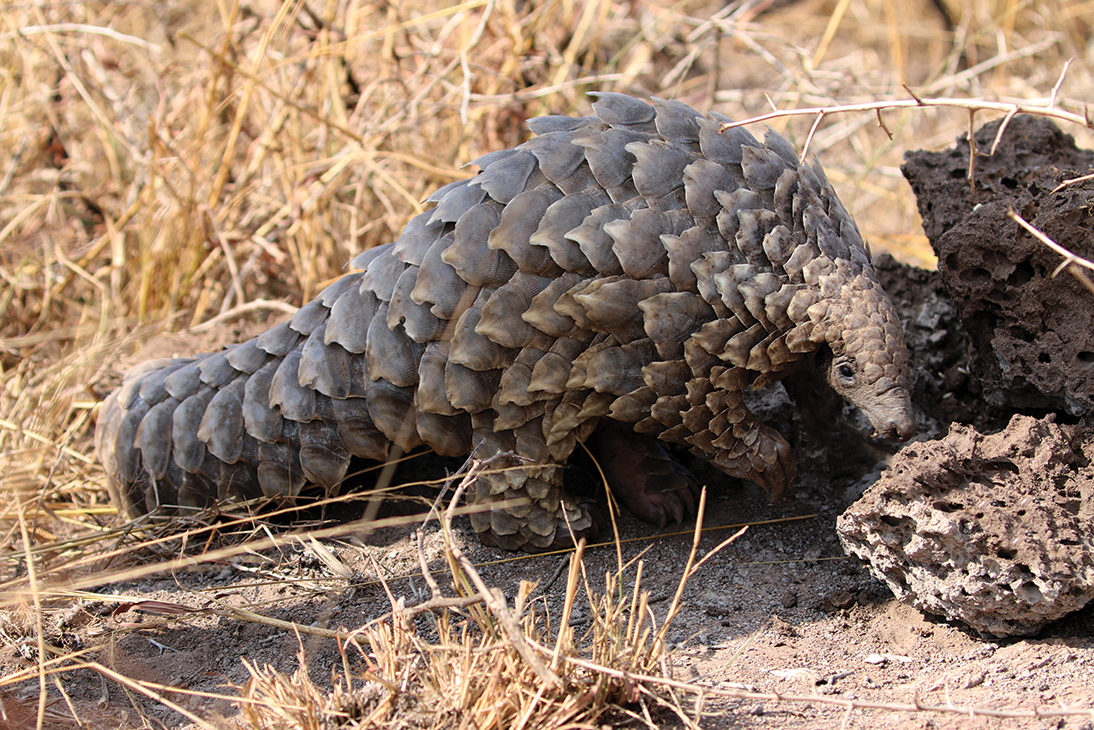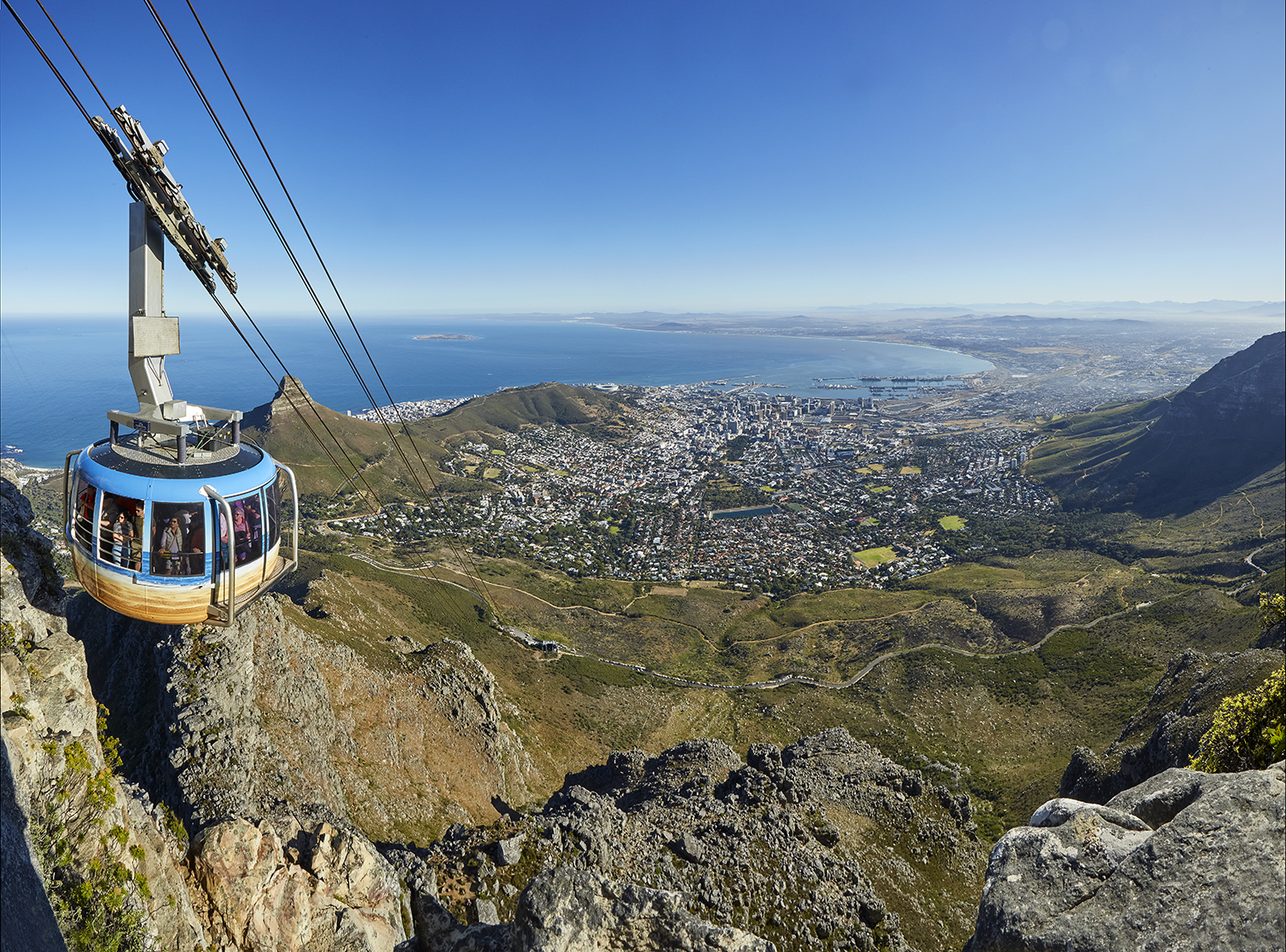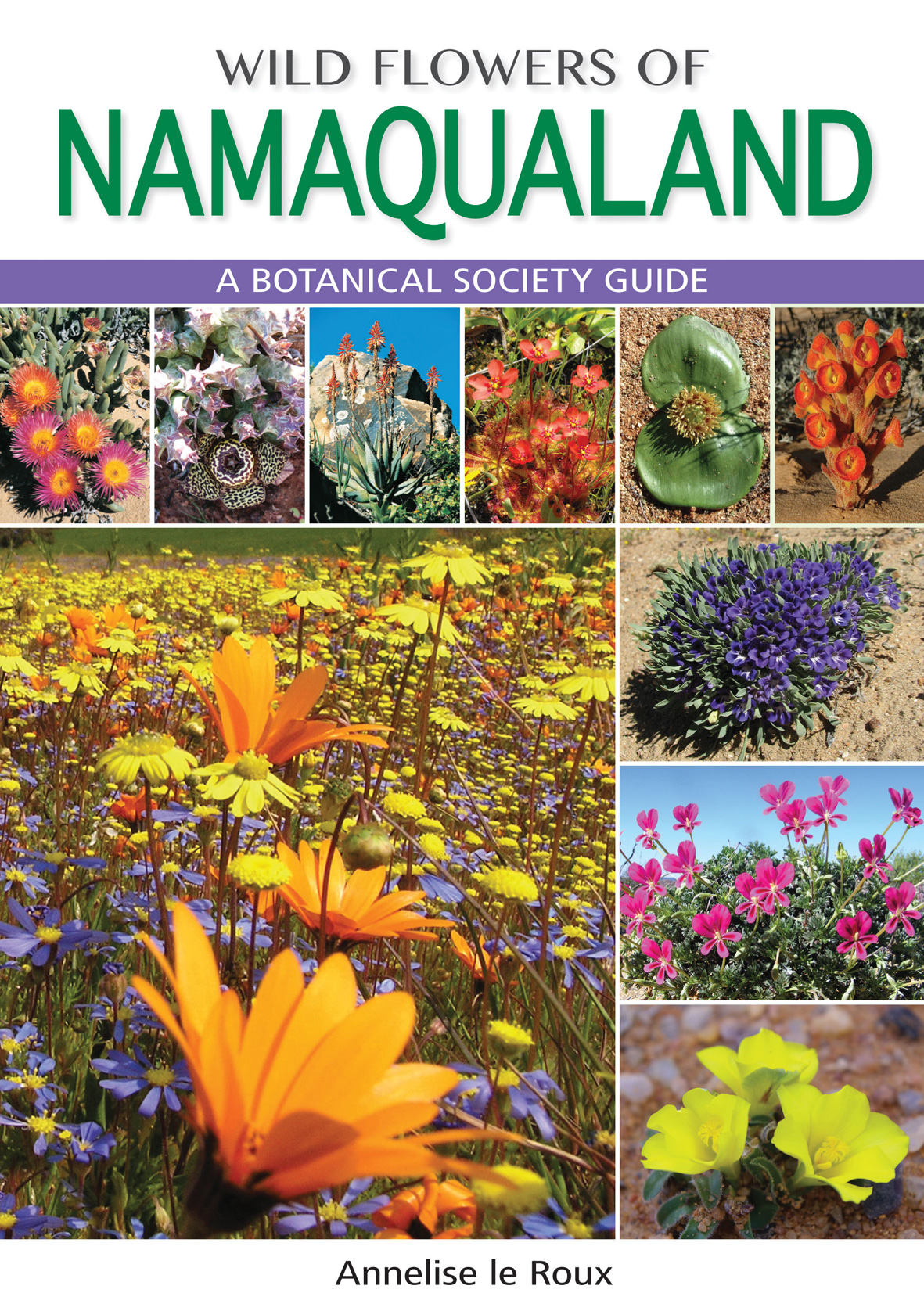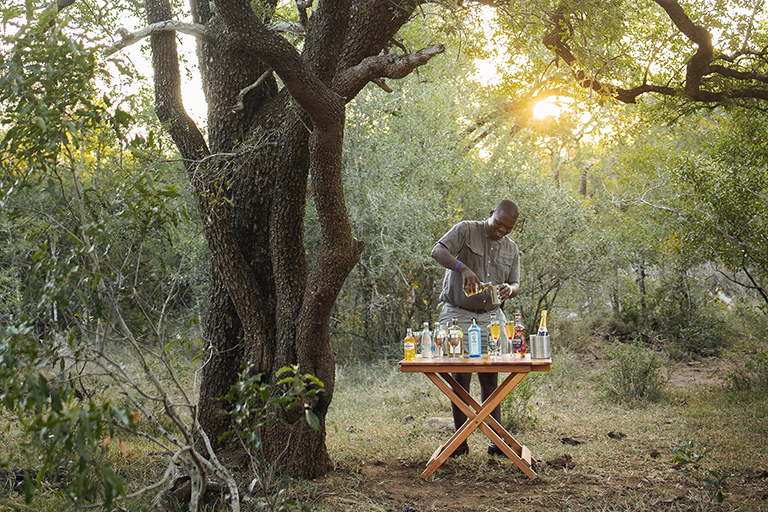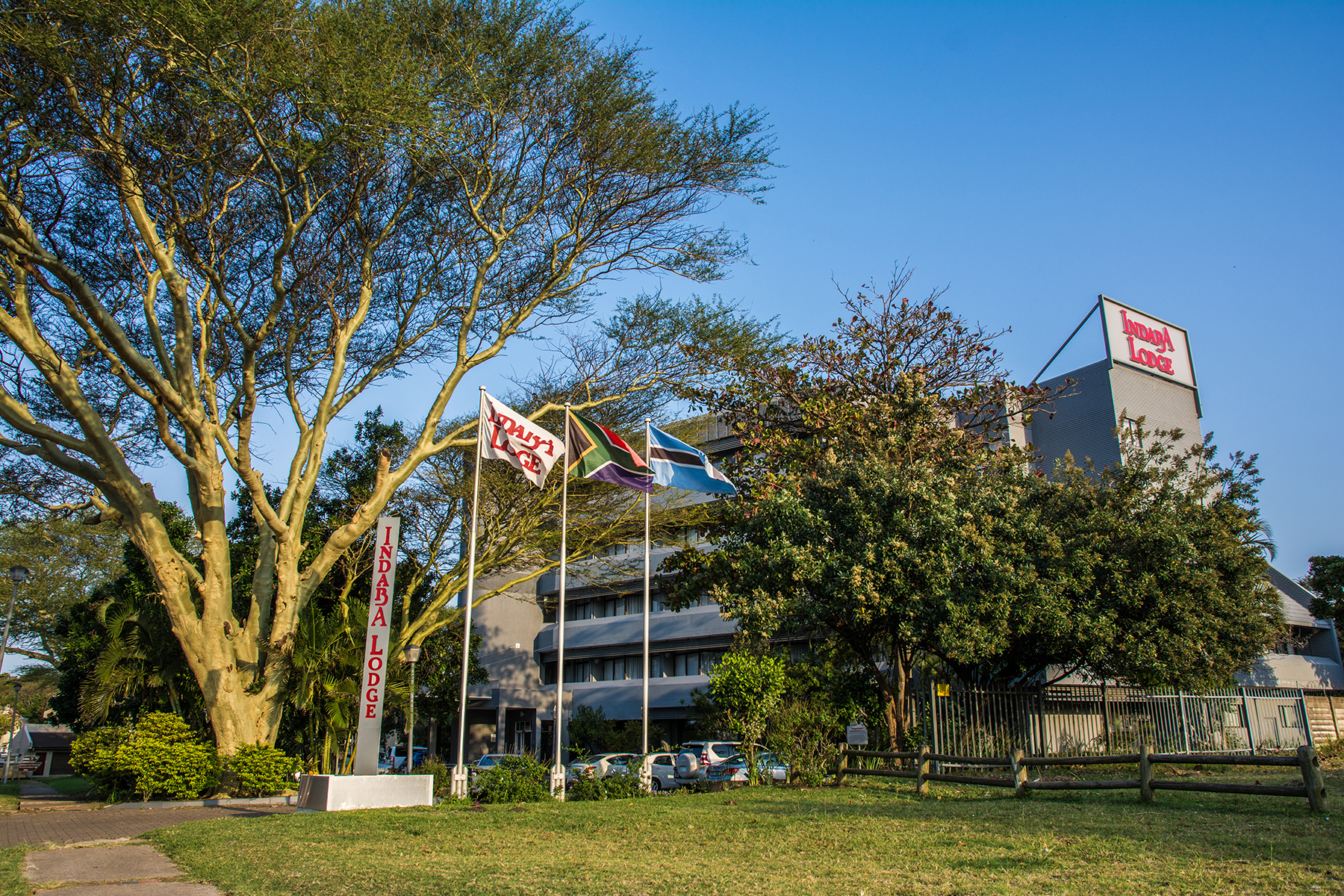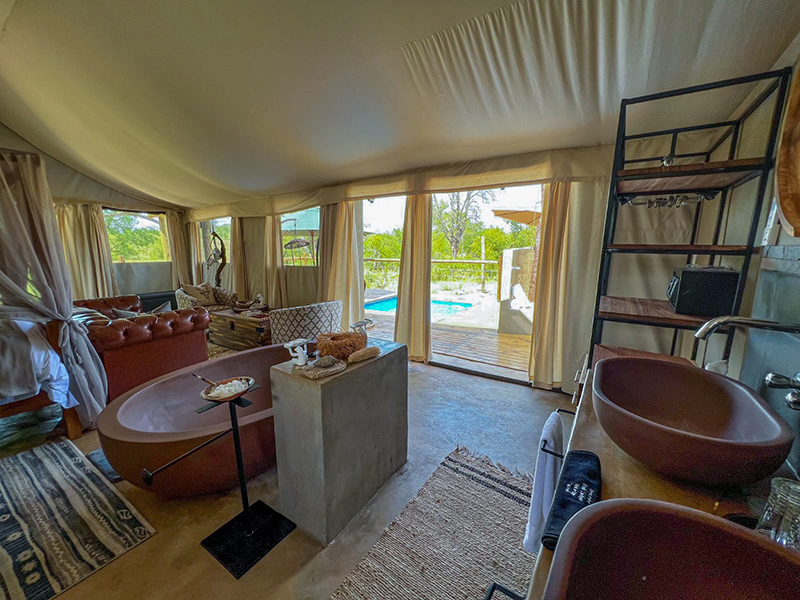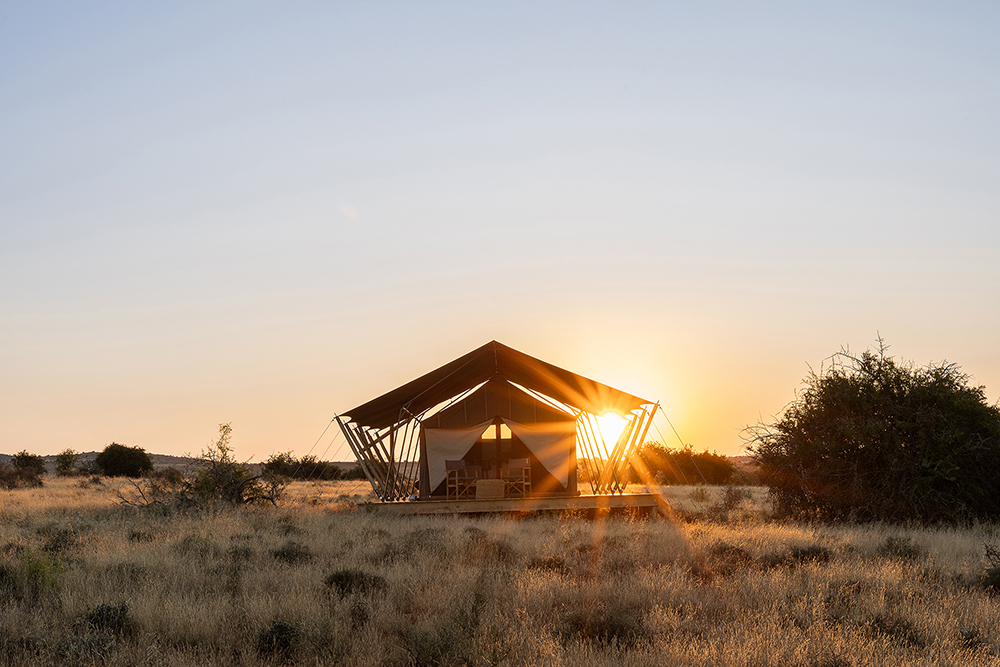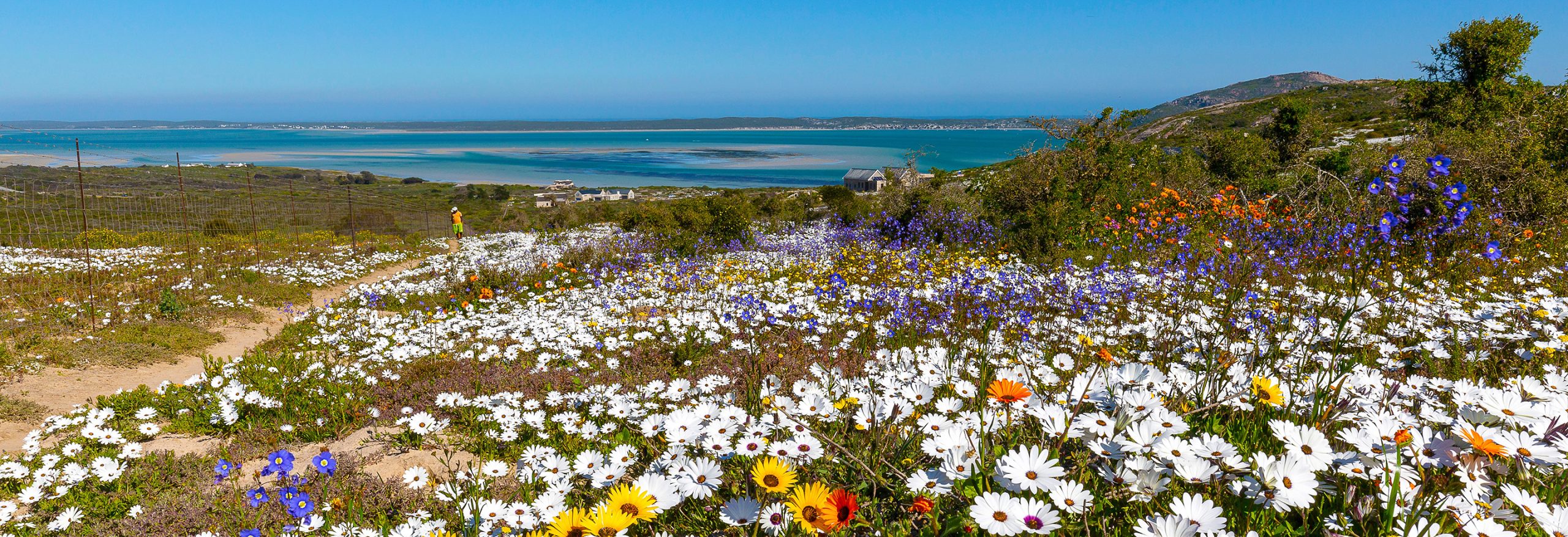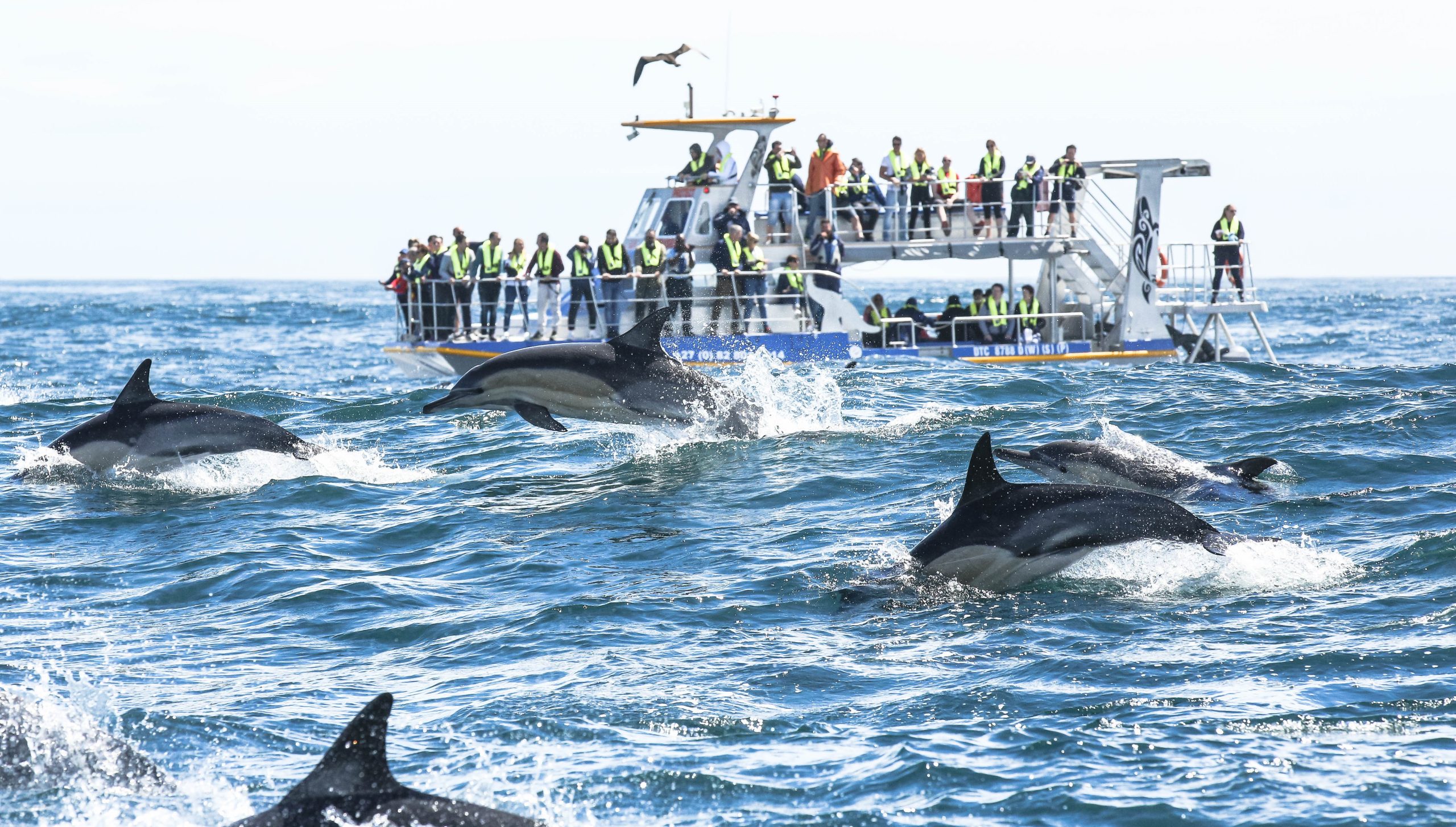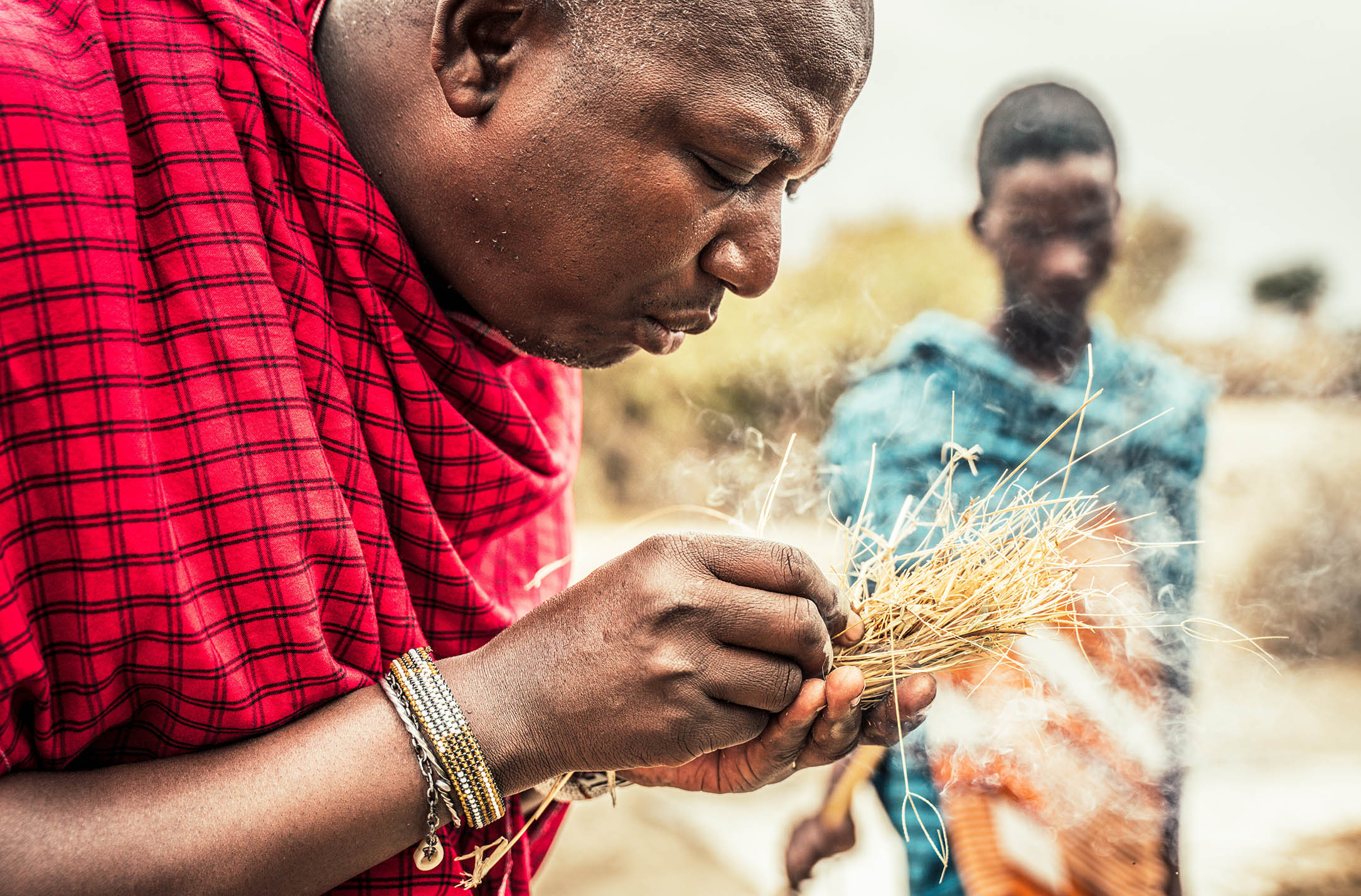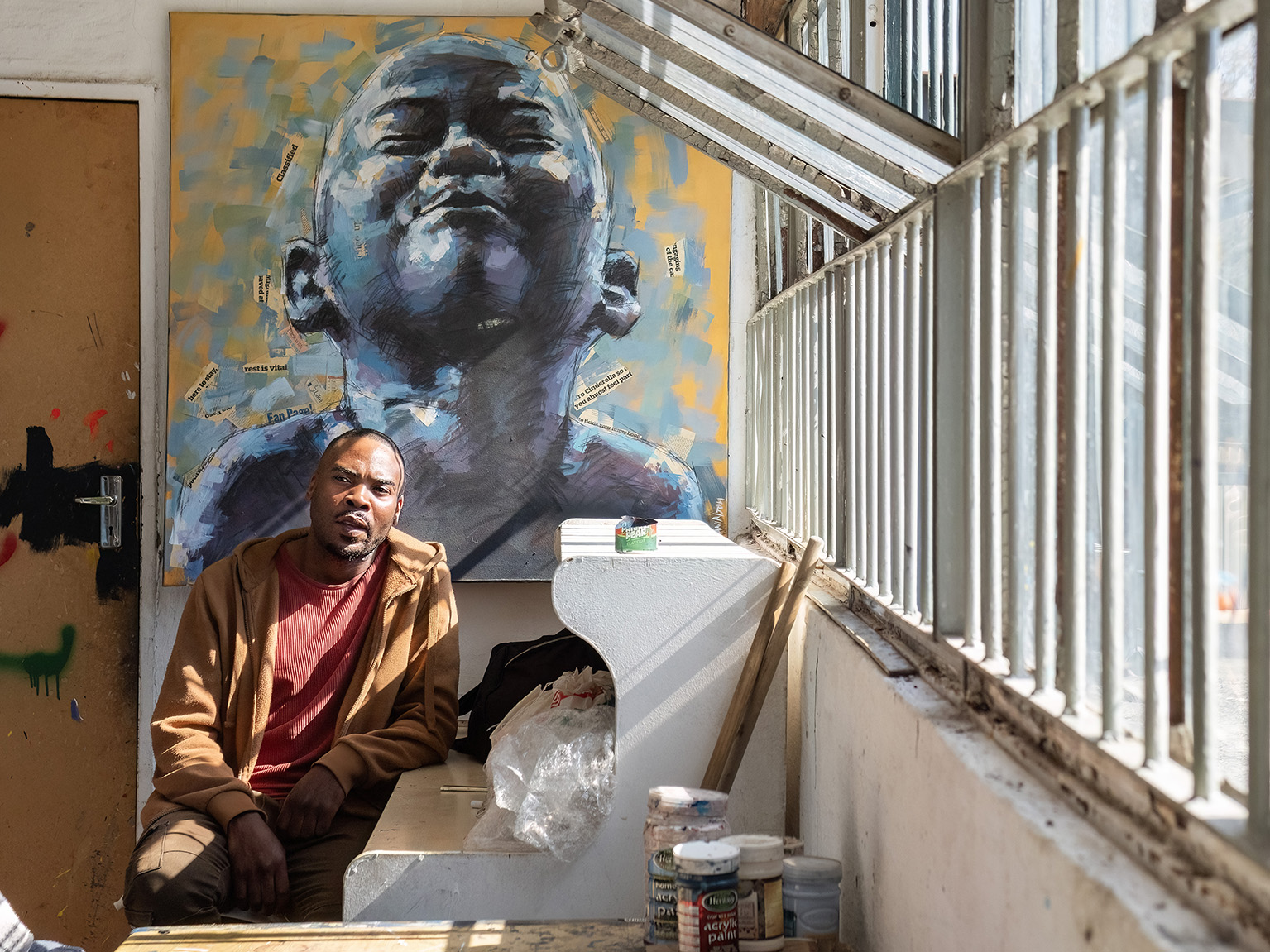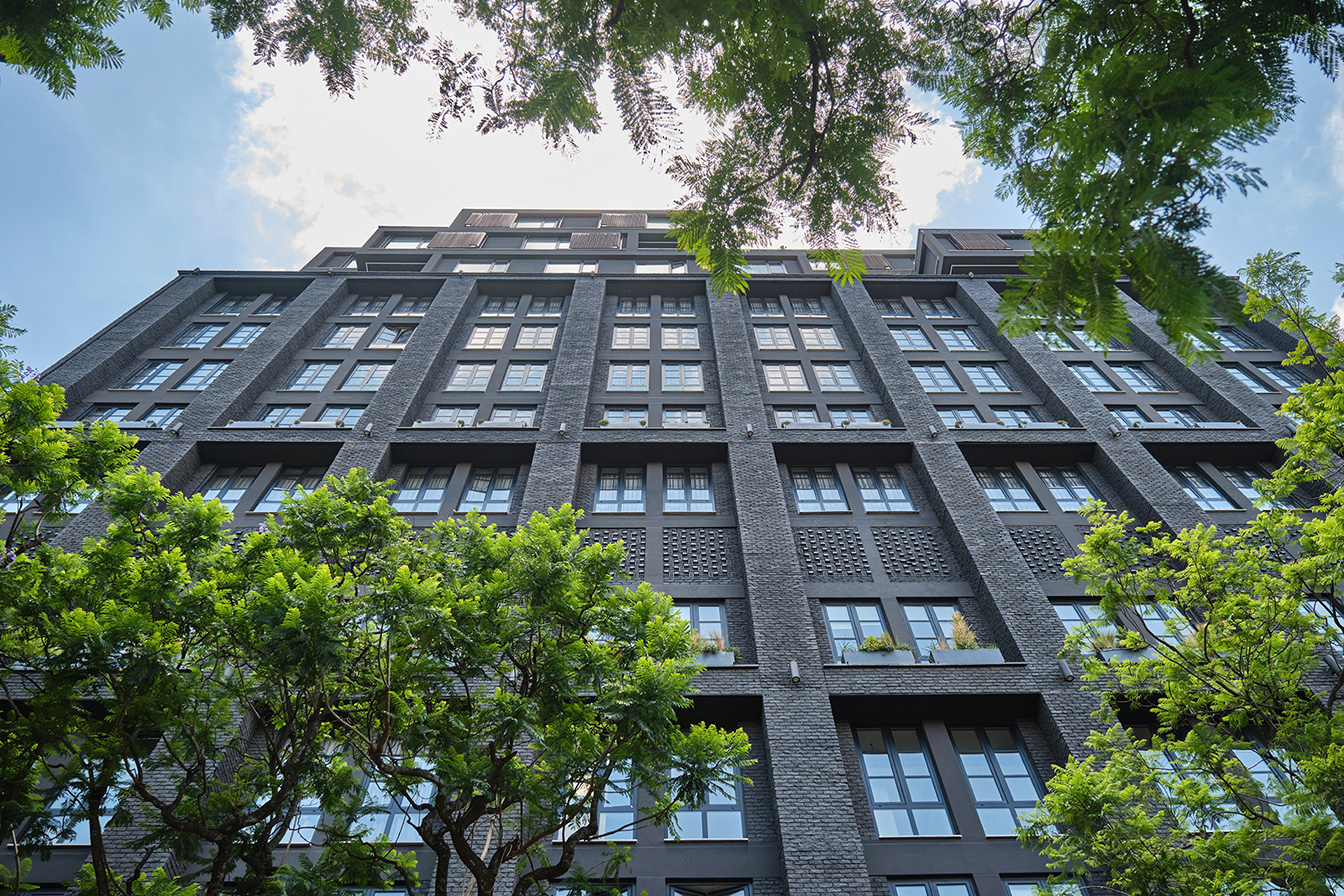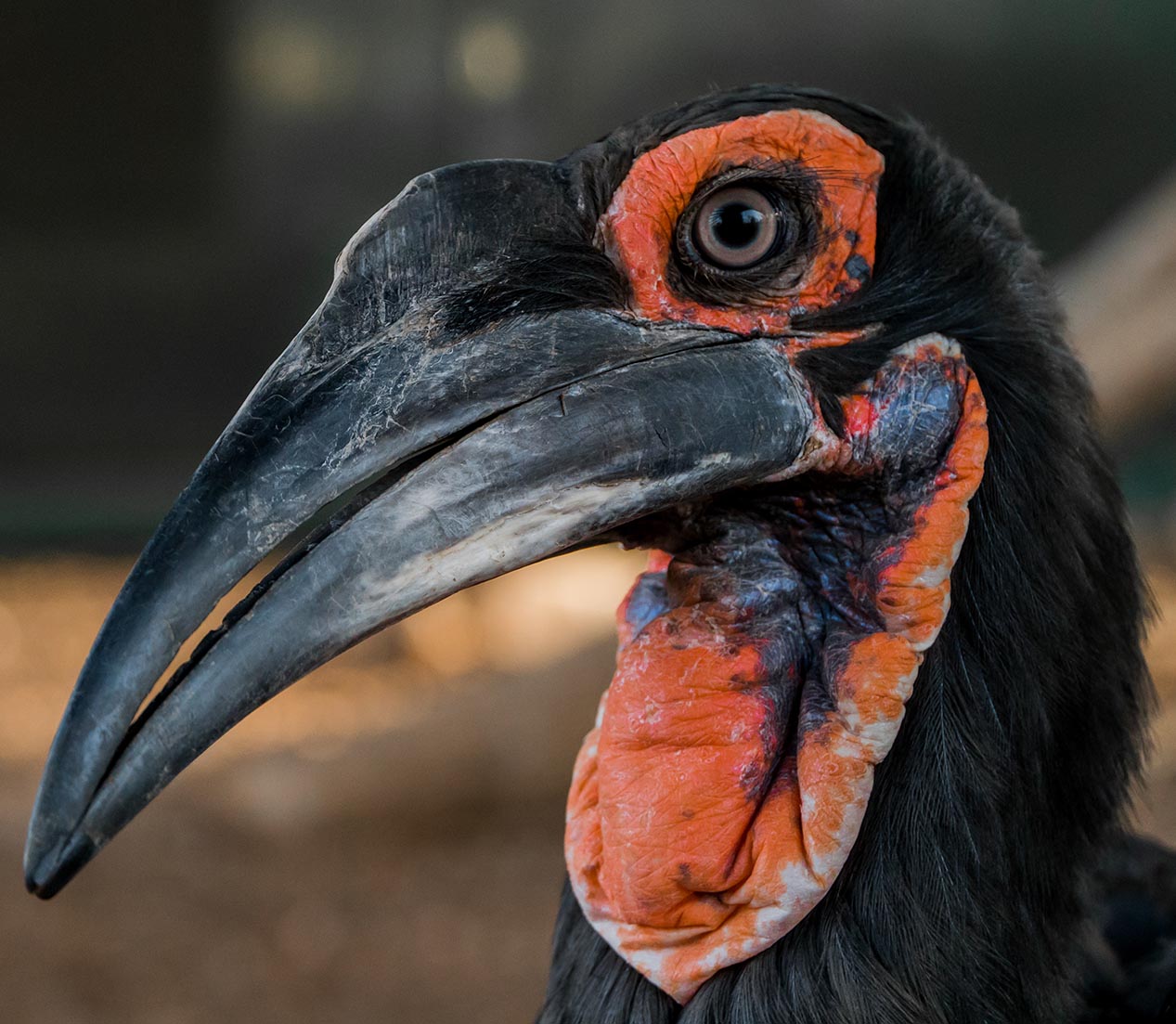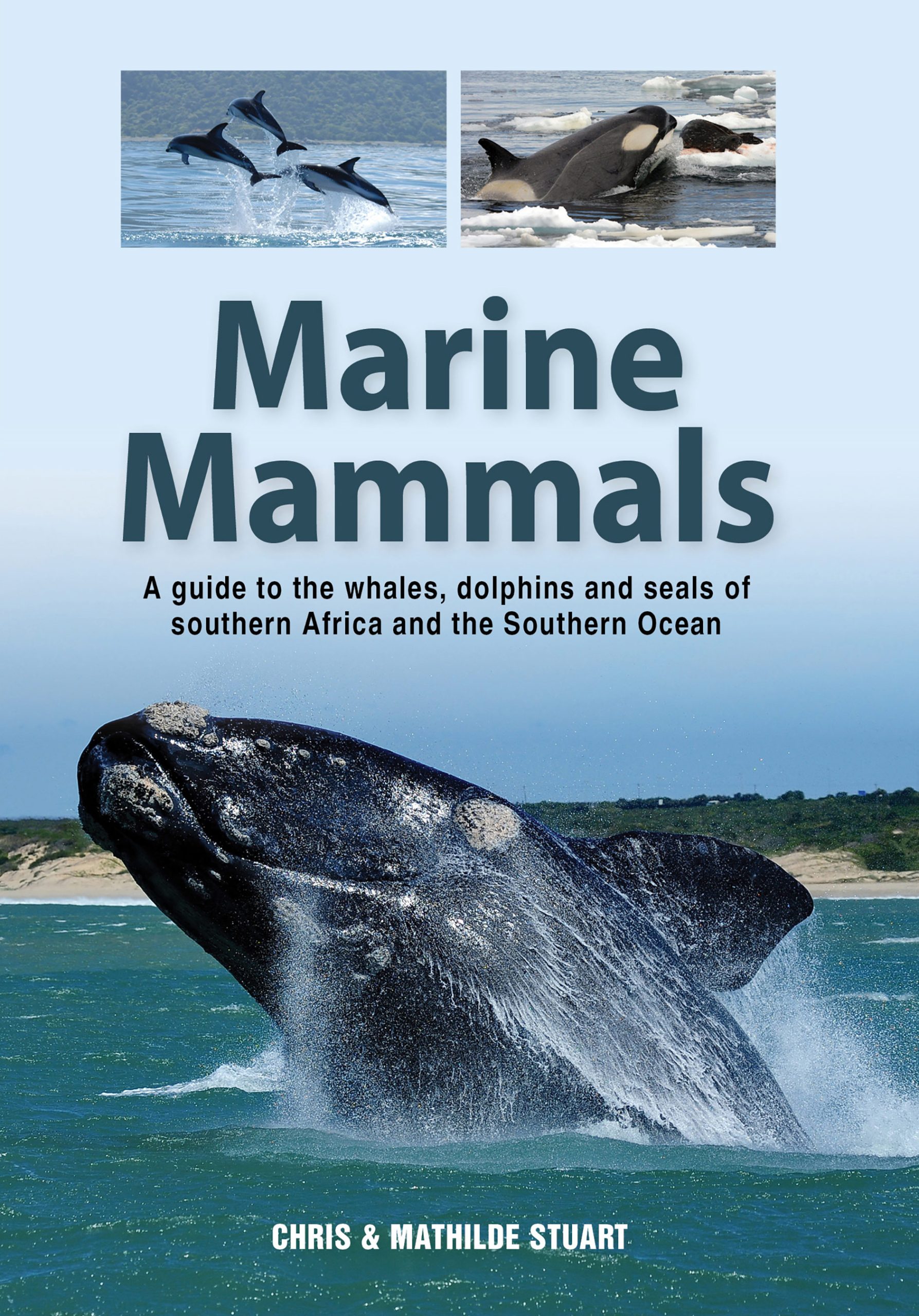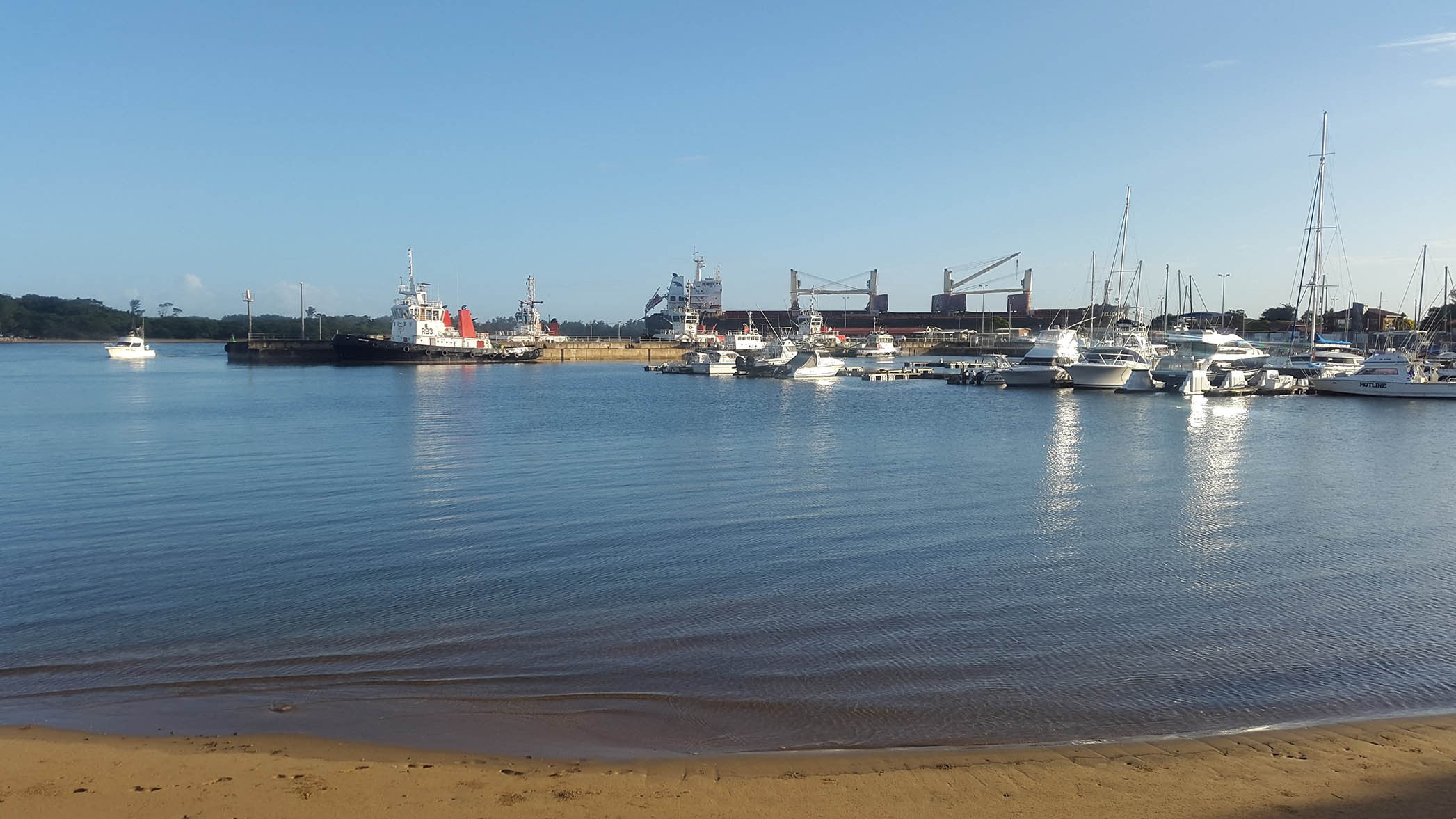
- September 30, 2025
- Editor
- 0
An easy road trip from Durban takes us north to the Zululand Coast, where golden beaches are lapped by the warm Indian Ocean and crystal-clear waters invite you in. Inland, the landscape shifts to rolling hills, grassy plains and forested valleys teeming with wildlife. We aren’t just chasing sun and sea, but something more meaningful: a connection to the rich blend of culture, history, and wilderness that encompasses this part of KwaZulu-Natal.
Crossing the uThukela River, we enter the historic territory of John Dunn, the hunter, trader, and legendary ‘white chief’ of Zululand. Born to Scottish parents, Dunn moved to Zululand at 18 and became advisor to Prince Cetshwayo, later Zulu king. In return, he was granted chieftainship over the fertile Ongoye coastal strip. Embracing local customs, Dunn took 48 Zulu wives (to his wife’s dismay!) and fathered at least 117 children.
Our first stop is Richards Bay, the coastal city within the uMhlathuze District Municipality, often thought of as an industrial port — and rightly so. Home to giants like Hillside Aluminium and the world’s largest coal export terminal, this port city also boasts South Africa’s deepest natural harbour. But, with a warm subtropical climate, lush wetlands, dune forests and quiet beaches, Richards Bay is an ideal base for exploring.
We make our way to the Tuzi Gazi Waterfront, where fishing boats and luxury yachts bob gently beside harbourside cafés. Later, a sunset catamaran cruise offers a fresh perspective: we glide past hulking cargo ships at anchor and quiet mangrove-fringed islands while fish eagles call overhead. With cocktails in hand and the sun melting into the Indian Ocean, the city’s industrial backbone feels miles away.

From Richards Bay, we take a scenic drive south to Mtunzini, a charming village with a laid-back feel. Its name, meaning ‘a place in the shade,’ gives a hint of what to expect. And no better place to appreciate this shade is with a walk through the Raphia Palm Forest, an official National Monument since 1942, here we come face-to-face with towering Raphia palms and, if only briefly, a Palmnut Vulture.
This coastal gem is also home to the Umlalazi Nature Reserve, where we spent a morning hiking along the Mlalazi River, the mangroves reflecting mirror-like in the still water – I smile at the antics of a pair of mudskippers and watch as fiddler crabs scurry to-and-fro from their burrows. The haunting cry of an African Fish Eagle overhead reminds us to keep a watchful eye out for some of the region’s rare birds, the African Finfoot and the Mangrove Kingfisher. We follow the path through the mangroves to Dunn’s Pool, a manmade bathing spot built by colonial figure John Dunn for his many wives — safe from crocs and hippos. While Dunn’s legacy still echoes through the area, today Mtunzini is more about birding, beaches and natural beauty than colonial intrigue.
History, however, is never far in Zululand. We cross the uThukela River heading north and follow the path of old trade and military routes. Route 66, one of the oldest in the region, winds its way through coastal plains and deep into Zulu heartland. In the late 1800s, it was a lifeline for ox-wagon traders travelling from Port Natal (now Durban) into the interior. Today, it’s a gateway to battlefields, royal sites and cultural landmarks that shaped the region.
The Anglo-Zulu War, though often associated with Isandlwana and Rorke’s Drift, began on these very coastal plains. On the banks of the uThukela River, beneath a sprawling wild fig tree, a plaque marks the spot where the British delivered an ultimatum to King Cetshwayo in 1878 — disband your army, or face war. It was a moment that changed the course of South African history.



At Nyezane, near Eshowe, Zulu warriors launched a surprise attack on British troops as they prepared breakfast, leading to what became known to the Zulu as the Battle of Wombane. The British eventually claimed victory, but at great cost — over 400 Zulu and 12 British soldiers lost their lives that day. Alongside Isandlwana, this skirmish prompted the British to retreat, regroup and rethink their tactics. Today, reminders of these events are scattered across the landscape.
In contrast, the Dlinza Forest offers moments of calm and quiet reflection. Walking the aerial boardwalk suspended above the forest floor, we are immersed in birdsong and filtered light. A Narina Trogon calls from deep within the canopy and a Trumpeter Hornbill calls overhead. History may echo through the region, but nature has never stopped singing. Nearby, Fort Nongqayi, once home to colonial police forces (known as the Nongqayi), now houses a museum that delves into the region’s complex past. Exhibits cover missionary life, military campaigns, and local Zulu culture.
Further inland, the Valley of the Kings unfolds, a sacred and storied place — a place where King Cetshwayo once sent ivory and gifts in a final attempt to avoid conflict. At eMakhosini, the royal burial valley, we walk quietly along the commemorative trail, pausing at the memorial to the Zulu kings. This is not a museum but a living cultural landscape, rich in memory and meaning. We pop into the Mtonjaneni Zulu Historical Museum, as well as the KwaZulu Cultural Museum at Ondini which offer valuable context, telling the stories of kings, conflicts, and cultural resilience. While King Cetshwayo’s story ended in exile, his legacy endures across Zululand’s evocative battlefields, royal sites, and living culture.
Of course, no visit to Zululand would be complete without experiencing its wild natural heritage, fortunately this region is home to some of KwaZulu-Natal’s best reserves. Just outside Richards Bay, the Enseleni Nature Reserve offers us a gentle start — a short hike through grassland and riverine forest, where zebra graze peacefully and giraffe watch with curious eyes. The call of a fish eagle follow us through the trees, and as we walk, we keep an eye out for birding specials like the African Finfoot or Pel’s Fishing.


For a more classic safari, we head north to Hluhluwe-iMfolozi Park, Africa’s oldest proclaimed game reserve. Driving through the undulating hills and open plains, we see a breeding herd of elephant, white rhino (now de-horned), buffalo, and even a fleeting glimpse of a cheetah sunning itself on a termite mound. It was here that conservation pioneers helped save the southern white rhino from extinction — a legacy now carried forward by initiatives like Project Rhino, which unites reserves in their fight against poaching.
And then there’s iSimangaliso Wetland Park — a name that means ‘miracle and wonder,’ and rightly so. From Lake St Lucia’s hippo-filled estuaries to the Indian Ocean’s warm surf, it’s a place of extraordinary biodiversity. We stop for ice creams at Cape Vidal, clamber over the rocks at Mission Rocks and explore coastal forest trails in St Lucia. Summer brings turtle nesting to the beaches and winter the migrating giants of the sea — a seasonal rhythm of survival and spectacle. Back on the quieter Western Shores, we picnic beneath marula trees and watch nyala nibble their way through the bush. The only sound is the wind in the trees and the consistent chatter of sunbirds. It’s the perfect pause — wild, unfiltered, and restoration to the soul.
Whether you’re watching hippos wallow in the estuary, hiking through coastal forest, listening to the echoes of history on a battlefield, or simply kicking back with your feet in the sand, the Zululand Coast offers an unforgettable blend of nature, culture and adventure. It’s where South Africa’s dramatic history and natural beauty come together — and all within a few hours’ drive from Durban.
Whether it’s beach, bush or battlefield, Richards Bay is your perfect base for exploring the wild and storied landscapes of northern KwaZulu-Natal.
Essentials:
Where to Stay:
Indaba Lodge Richards Bay – https://www.indabarichardsbay.co.za/
Ngoye Lodge (Mtunzini) – https://www.ngoyelodge.co.za/
St Lucia Ecolodge – https://www.stlucia-ecolodge.co.za/

